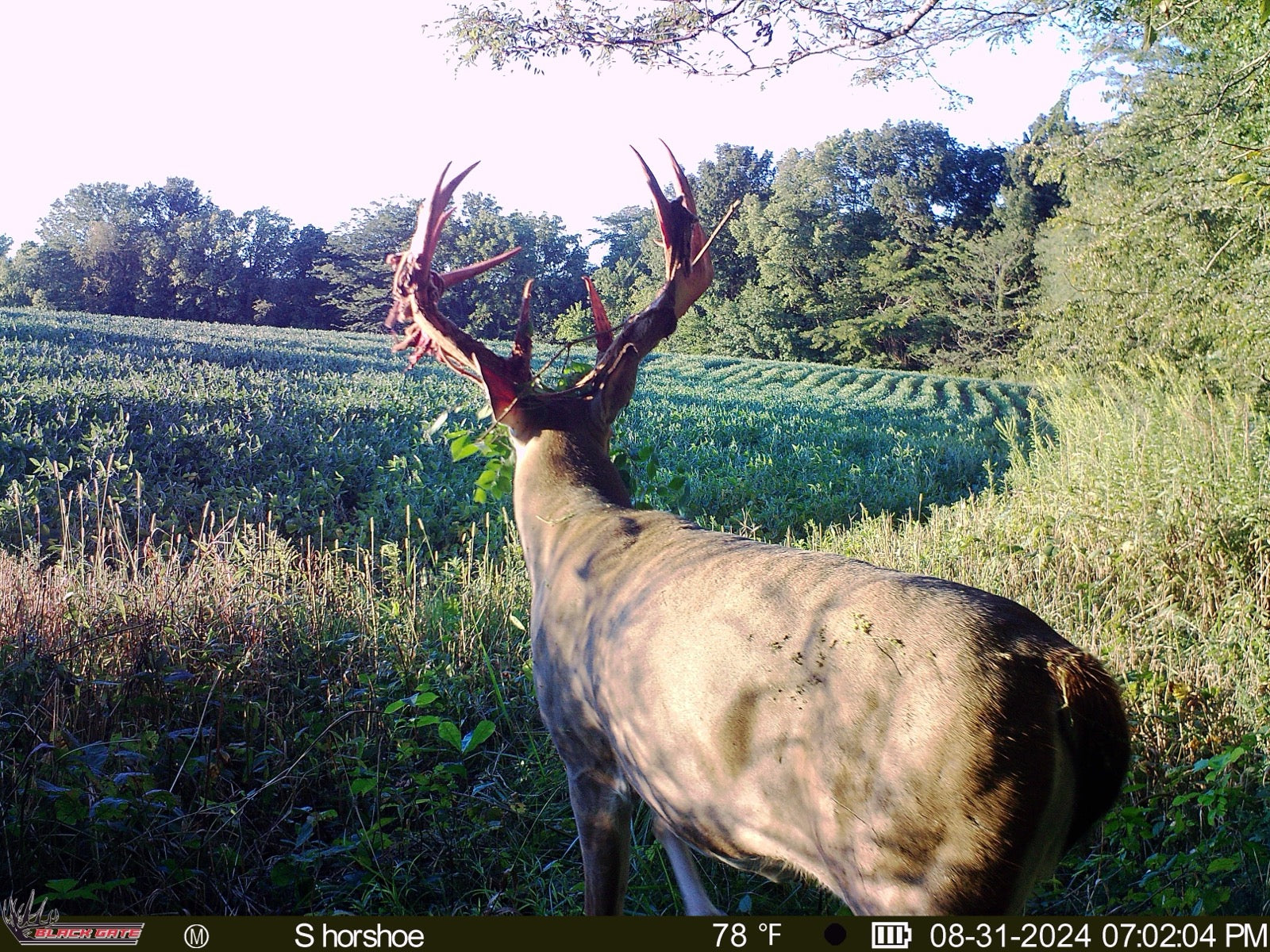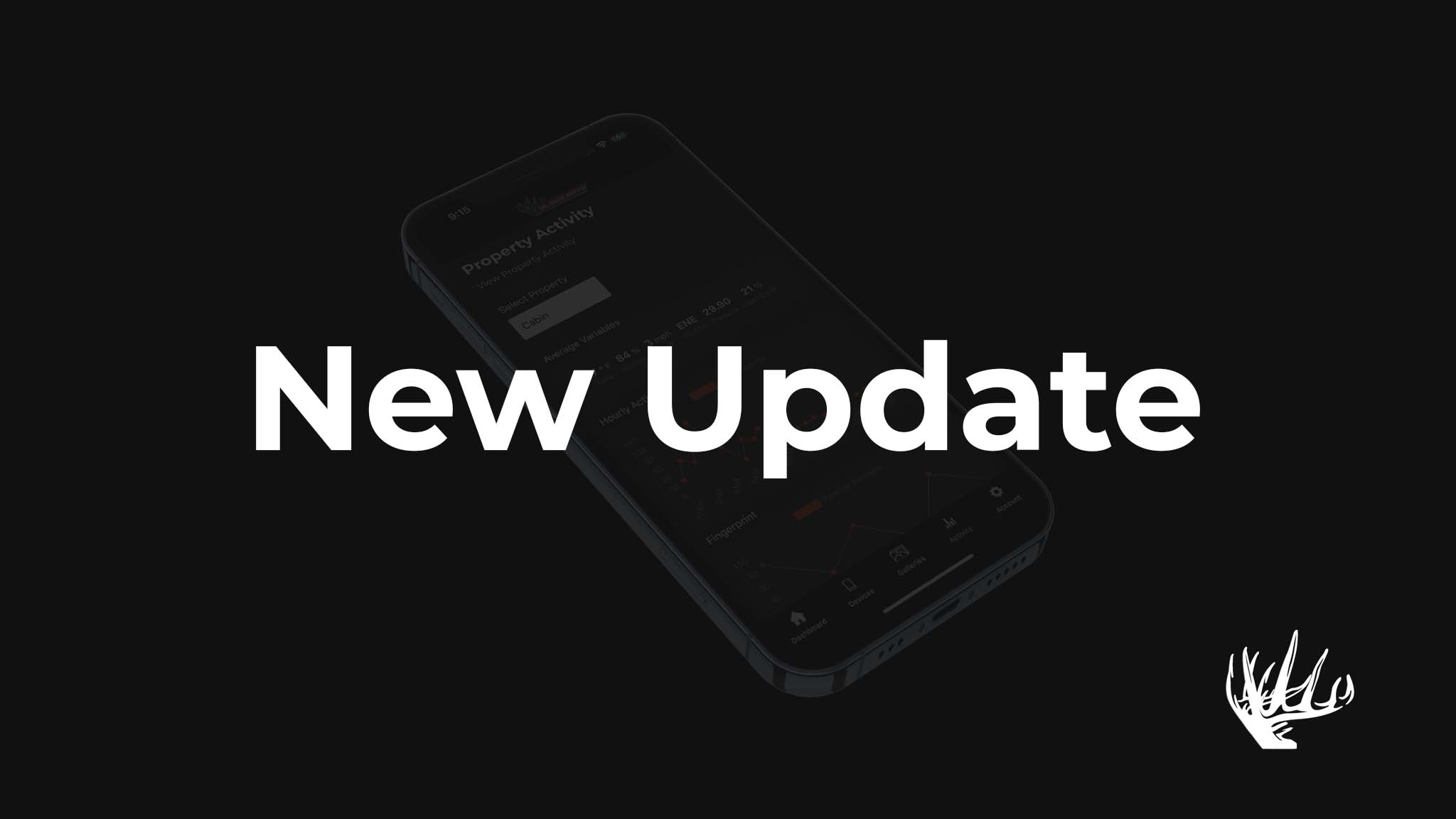As August gives way to September, whitetail bucks are in velvet, bachelor groups are forming consistent movement patterns, and food sources are as predictable as they’ll ever be. This is prime time for early season deer scouting—and your trail camera setup in late summer could make or break your opening day success.
Whether you're trying to identify target bucks or fine-tune your stand location, this is when your trail cameras need to be working full-time. Let’s break down the most effective late summer trail camera strategies that will help you get actionable intel before the season opens.
Why Late Summer Matters for Trail Cameras
Late summer is all about predictability. Bucks are still in their summer patterns, moving between bedding and food sources with minimal pressure. They’re less cautious and more consistent—making them easier to pattern through early season trail camera data.
But this window is short. Once bachelor groups break up and acorns start to fall, movement shifts fast. Getting ahead of that curve means your cameras need to be in the right place, set up the right way, and capturing usable information starting now.
1. Focus on Feeding-to-Bedding Patterns
During late summer, deer typically follow a pattern: bed during the heat of the day and move to feed in the evening. Bucks often use the same travel routes repeatedly—especially in bean fields, clover plots, and along the edges of corn or natural browse.
Best trail camera locations:
- Field edges (especially where trails enter)
- Inside corners of ag fields
- Staging areas 30–50 yards off food
- Primary trails between bedding and food
Pro tip: Place cameras facing down the trail at a 45-degree angle, not directly at the trail. This increases the chance of a side-profile photo, and it helps trigger your camera before the deer passes by.
🔗 Shop Trail Cameras – Black Gate’s R4G LITE+ offers long battery life and a lightning-fast trigger speed—ideal for catching bucks on the move during daylight.
2. Run Cameras on Time Lapse for Open Fields
Want to capture bucks using wide open fields or agricultural crops without relying on a narrow motion detection zone? Use time-lapse mode. This feature lets your camera take photos at set intervals, giving you a broader understanding of field activity—even if the deer are 50+ yards out.
When to use it:
- Big soybean or alfalfa fields
- Food plots with multiple entry points
- New properties where you’re unsure where deer enter
Use Black Gate’s cameras with time-lapse capability called “Field Scan” to pinpoint feeding times, buck-to-doe ratios, and where most deer are entering and exiting.
3. Target Water Sources on Hot Days
During late summer, hydration becomes a key driver of movement—especially during dry spells. Bucks will often hit water just before or after visiting a feeding area.
Top water camera setups:
- Creek crossings with defined trails
- Stock tanks or watering holes on field edges
- Shaded seeps or natural springs in hardwoods
Mount your camera waist height or lower to catch deer lowering their heads to drink. Consider burst mode to capture full sequences.
4. Prioritize Stealth and Security
Even in low-pressure areas, mature bucks will react to unnatural scents, flashes, or noise. Late summer scouting is most effective when it doesn’t change their behavior.
Late summer trail camera stealth tips:
- Use scent-free gloves during setup
- Avoid checking cameras too frequently
- Use no-glow infrared cameras for minimal nighttime disruption
The Black Gate R4G GEN2 is equipped with no-glow IR and real-time cellular image and video delivery, so you can scout without ever stepping into the woods.
5. Don’t Ignore Morning Movement
Many hunters focus solely on evening patterns, but morning trail camera activity can be just as revealing. Bucks often return to bedding through pinch points or edge cover—and catching this movement gives you vital insight on entry routes.
Ideal morning setups:
- Ridge trails above bedding cover
- Funnels and saddles leading to bedding
- Logging roads or creek crossings between thick cover
Use time stamps from morning photos to determine when bucks are moving back, and plan stand access accordingly for opening day.
6. Use Your Data to Build a Hit List
Now’s the time to take inventory of your local herd. Look for:
- Unique antler traits (split brows, stickers, drop tines)
- Grouping patterns within bachelor groups
- Age structure—compare neck, chest, and body posture for age estimation
Keeping a digital folder of each identifiable buck makes it easier to track movement shifts into the fall. Make use of Black Gate’s HerdVision tool as well the gallery option to organize your bucks.
Final Thoughts
The key to early season success is preparation—and the best prep you can do in late summer is get your trail cameras working for you. From bedding-to-feed corridors to water hole setups, the intel you gather now will shape how you hunt for the rest of the season.
Set them right. Check your app. Use what you learn.
Need dependable gear to get the job done? Check out the R4G LITE+ and R4G GEN2 from Black Gate Hunting Products—two of the most reliable trail cameras for serious whitetail hunters in 2025.




Share:
How Trail Cameras Can Help You Pattern Mature Bucks Year-Round
Top Trail Camera Tips for Hunting Big Woods Bucks in the Rut